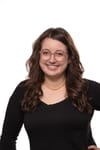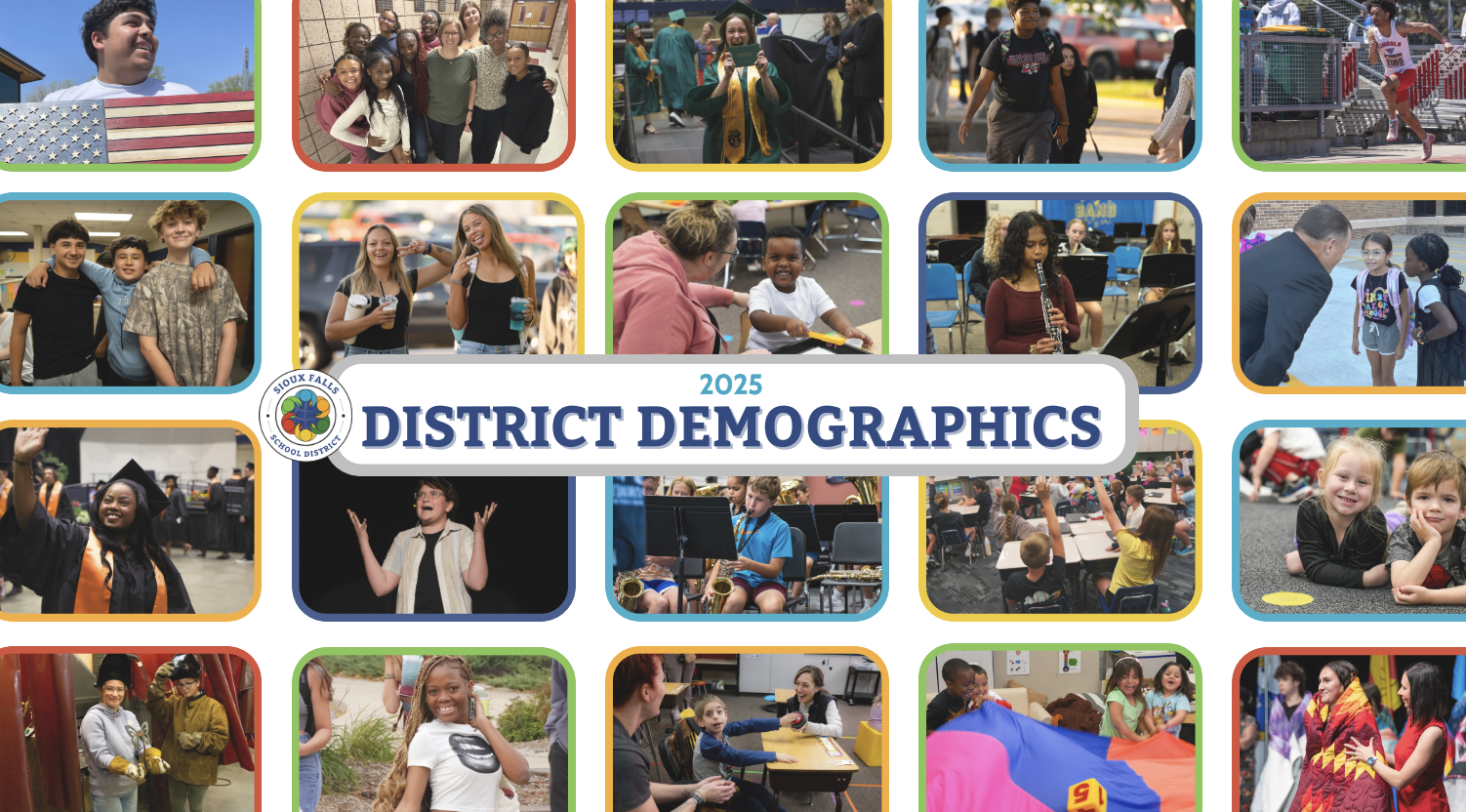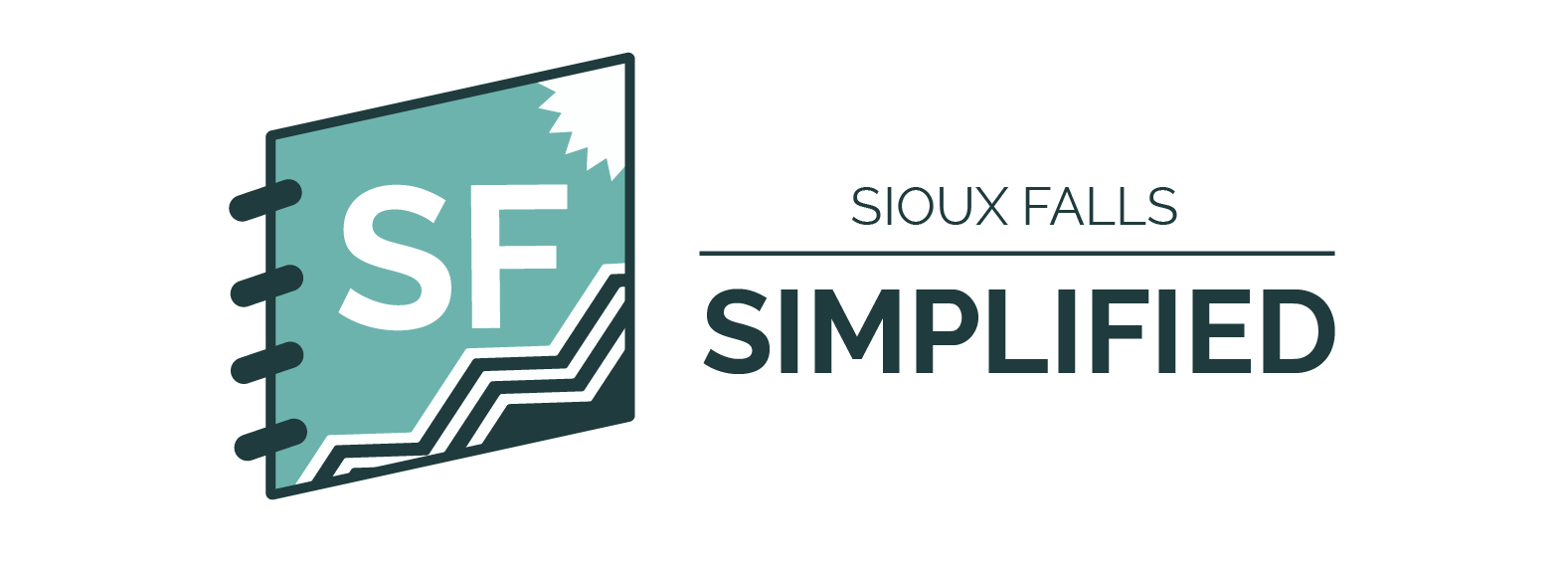Simplified: The Sioux Falls School District saw slightly fewer students this year, but overall there's an increase in diversity, an increase in the number of students receiving special education services, and about half of kids qualifying for free or reduced lunches. Here's a closer look at the data.
Why it matters
- All told, the district saw a decrease of 172 kids year-over-year, based on active enrollments the last Friday in September. That count helps the state determine how much funding the district should get based on the number of kids served.
- Enrollment overall has been relatively flat over the last five years, which is to be expected as most growth in Sioux Falls is happening on the edges of town in areas that fall in neighboring school districts.
- Sioux Falls is the largest school district in the state by far, which means it's also the most well-resourced when it comes to supports for kids who require extra help – like the more than 3,000 kids who are still learning English, or the 4,400 in special education.
"We believe that we are better because we have all of those cultures and backgrounds among our students," district spokeswoman DeeAnn Konrad told school board members Monday night.
Tell me more
About half of the students in the Sioux Falls School District come from families with incomes low enough to qualify for free or reduced lunches.
- The data shows it's more than 51% of elementary students, with lower percentages in middle and high school, but Konrad said the elementary data is most indicative of the district as a whole. Often families with older kids are less likely to fill out the forms, even if they do qualify.
Just under 18% of students qualify for special education services and supports outlined by an individualized education plan (IEP), and another nearly 3,000 students are on 504 plans, which outline accommodations to make sure kids have equitable access to learn.
When it comes to racial and ethnic diversity, the district shared the following snapshot of its student body:
- White: 54.7%
- Hispanic: 16.8%
- Black: 13.1%
- Multi-racial: 8.2%
- Native American: 4.6%
- Asian: 2.3%
- Pacific Islander: 0.3%
In total, 115 languages are spoken, with the most common being English, Spanish, Swahili, Amharic, Kunama and Nepali.
Superintendent Jamie Nold said the level of diversity exposes kids to a global perspective.
"Our kids do an outstanding job of working with each other and knowing how to interact and share ideas," he said.


